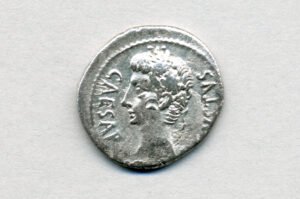Avoiding Fake Coins
Find out how to avoid fake coins. Well, every collector gets burned at least once. I still remember my first mistake: a Roman denarius that looked perfect in photos but arrived with soft details and little casting bubbles. That’s when it hit me — fakes are everywhere, and spotting them is part of the hobby.
This page isn’t meant to scare you off. It’s meant to arm you with the basics so you can enjoy collecting without the nagging worry of wasting money on a fake.
Why Fake Coins Are Out There
-
People want what’s rare. A gold aureus or an Athenian owl will always attract forgers.
-
Technology helps the wrong side too. Casting and modern dies can fool even sharp eyes.
-
Online markets? They’re a jungle. Genuine coins and knock-offs often sit in the same listing pages.
The Main Types of Fakes
-
Cast Copies – made from molds. Look for tiny bubbles, seam lines, and mushy details.
-
Struck Fakes – made with modern dies. They can look sharp, but the “style” feels wrong.
-
Altered Coins – genuine coins re-tooled to seem rarer. Added letters, deeper lines, even plating.
-
Fantasy Issues – coins that never existed. Usually sold cheap to tourists but still trick beginners.
Quick Ways to Spot Trouble
-
Weight & Size Check: Ancient coins followed standards. A denarius shouldn’t weigh half of what it should.
-
Style Test: Compare with known good examples. If the emperor looks “cartoonish,” walk away.
-
Surface Look: Casting pits, odd shine, or harsh cleaning scratches are red flags.
-
Magnet Trick: Gold and silver aren’t magnetic. If it sticks, it’s fake.
-
Provenance: An old collection ticket beats a vague “from Europe” description any day.
Staying Safe as a Collector
-
Buy from trusted dealers or established auctions. Random online sellers are a gamble.
-
Learn from books and communities — forums, catalogs, and databases are gold.
-
If it’s expensive, get it checked. Services like NGC Ancients exist for a reason.
-
Trust your gut. If the price feels “too good,” it usually is.
Final Word
Getting fooled once is a lesson. Getting fooled twice is a choice. The more coins you handle, the sharper your instincts get.
Start small, learn the tells, and don’t be afraid to ask other collectors for second opinions. The best collections are built on patience and knowledge, not rushed bargains.
